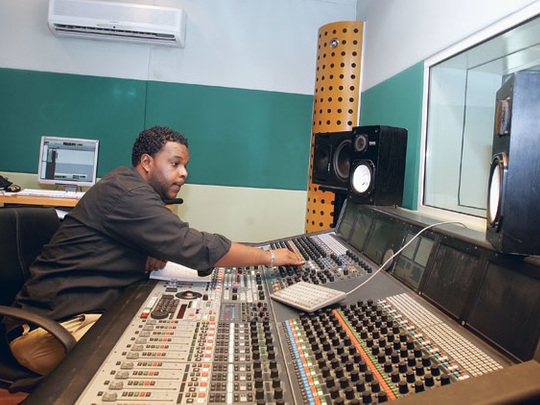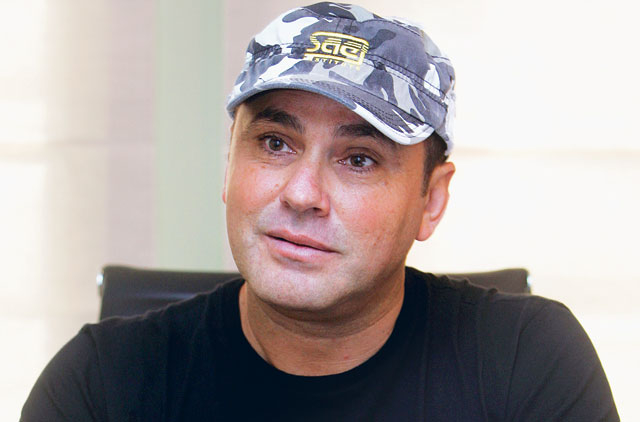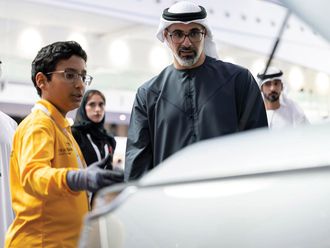
The SAE Institute Dubai is introducing a digital journalism course at the end of the month to keep up with growing demand for new media content generation across the world.
The course will be rolled out across the institute's various campuses in 57 cities and 27 countries across the globe.
"There is no one to the best of our knowledge offering such a course and certainly nobody who can deliver this globally in one hit like we can," said Romy Hawatt, a senior executive at SAE.
The course will initially start as a 12-month diploma course with plans to expand it into a fully-fledged degree programme.
"We developed the course because it aligns with all the things we already teach and are strong in," said Hawatt.
For the price of Dh60,000, students will receive a Macbook Pro loaded with relevant software and a high definition video camera, as their tools of trade, which is backpack journalism said Hawatt. "Everybody is a story teller and there is a whole new market out there that beckons," said Hawatt.
Written word no longer enough
Hawatt believes that the internet has given the world an opportunity to offer content to a global audience which has significantly changed the role of journalists. "The role of journalists has evolved and their skills now revolve around their ability to tell a story, capture the information and deliver it in an interesting way to the audience, because the written story is no longer enough," he added.
He said that emphasis is now being placed on how information is packaged, by making it attractive through use of audio, video and animation, which he believes to be just as important as the information delivered.
Hawatt said that due to SAE's successful presences in cities across the globe, the institute has gauged that demand for professionals with an increasingly diverse story-telling capacity is definitely an emerging trend set to take off.
"It [the growth of new media] is something that can't be denied. It's something that is confronting us as a society and it's something you're either with, understand and utilise or you get relegated to the age of the dinosaur."
Universities slow to respond
Hawatt said although traditional journalism courses offered at universities have incorporated new media elements into the curriculum they still are not doing enough to prepare students for the new trends.
"It's a matter of visualising it [the growing new media industry] and understanding it, but most universities have single location so they can't see what's happening; but we are spread across the world and can pick up what global markets are doing," said Hawatt.
"We've seen patterns and demands forming and can react fairly quickly, but academics have a limited world view and are very slow to react in these sorts of things, they will hate to hear this but they are slow on the uptake," he added.
He said in a journalistic sense, at present, all elements of new media such as audio, video and animation are currently seen as separate and disjointed.
"The new media creative sector is effectively the world's biggest industry in the making. Right now it's disjointed because people still see journalism in the traditional sense but in effect it's becoming one massive industry — in fact the world's single largest."













